/directional-sign-with-past-future-present-words-184383967-5c7733b4c9e77c000136a698.jpg)
Lektionsplan Forskelle mellem fortid og nutid
Past, Present, and Future Are Simple Tenses Cameron Norman/Flickr/CC BY 2.0 By Kenneth Beare Updated on June 12, 2019 Simple tenses in English are used to make basic statements about habits, events that happened, or what will happen in the future. Present Simple The present simple is used to express daily routines and habits.

English Resources for Children Future Simple Practice
Male in hi-viz jacket: Past, present and future tenses are important because we may use the term say 'there is wear' in a component. So we'll have a look maybe it might last a bit longer so we'll.

Past Present Future Signpost Against Blue Sky Stock Animation 6360273
Re-write the following sentences in the past tense. The sun shines and makes the day bright. I eat my yummy lunch with a big smile. The playful puppy chases its bouncy ball. All verbs have a past.

PRIMARY 6 PASTPRESENTFUTURE
Simple Present: Simple Past: Simple Future: I study English every day.: Two years ago, I studied English in England.: If you are having problems, I will help you study English. I am going to study English next year.: Present Continuous: Past Continuous: Future Continuous: I am studying English now.: I was studying English when you called yesterday.: I will be studying English when you arrive.
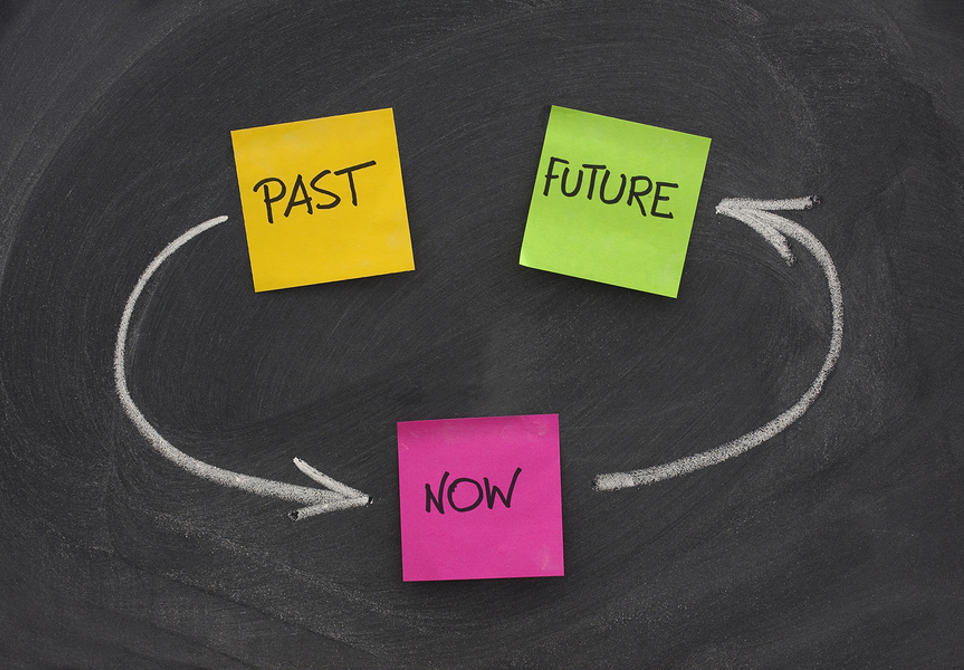
The Past, Present and Future of PlaceBased Learning
Grammar Examples What is verb tense? Verb tense identifies when the action of a sentence takes place - the past, present, or future. The action in a sentence (also known as the time frame) has either happened, is happening, or will happen. Each verb tense has its own set of grammar rules.

Future, Past, Present Wooden Signpost, Roadsign with Three Arrows Stock Image Image of
There are three basic tenses in English: present, past, and future. Verb tense is formed based on a sentence's main verb and the auxiliary words around that verb. Now, there are four aspects of each tense: Simple. Expresses a simple fact. Tony runs quickly. He runs, in general, declarative terms. Progressive.

Past present future hires stock photography and images Alamy
1. Simple Past: "Betty taught for ten years." This means that Betty taught in the past; she is no longer teaching. 2. Present Perfect: "Betty has taught for ten years." This means that Betty taught for ten years, and she still teaches today.
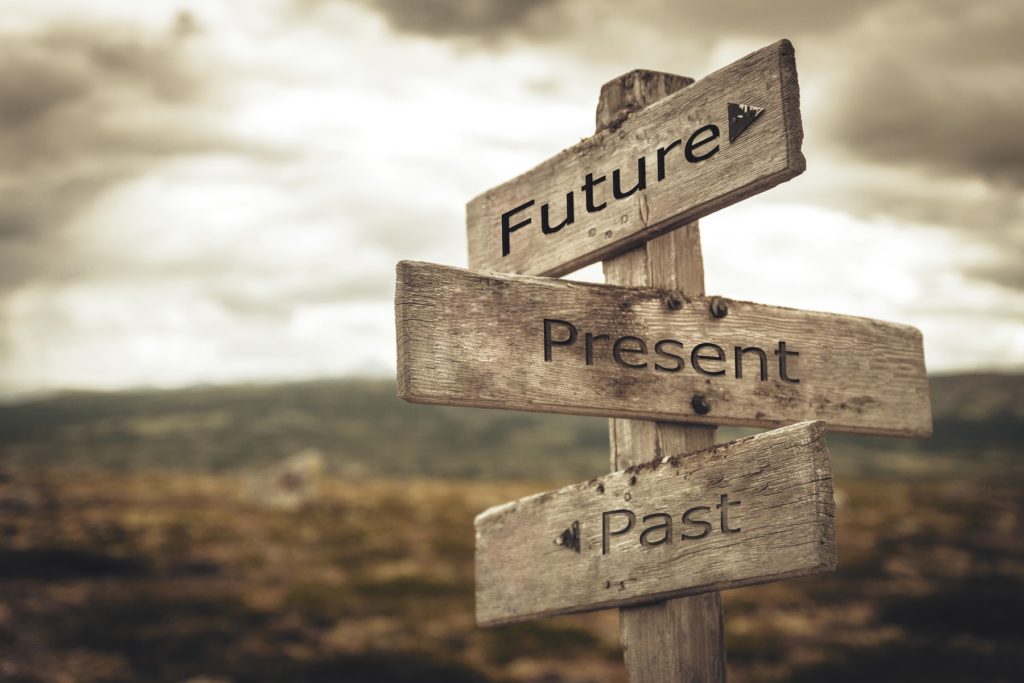
Are you living in the past, present or future? Cheri Alguire, Coach Author Trainer
Past, Present & Future Past Tense. This tense is used to refer to something that happened in the past. Sometimes, past tense is also called as 'simple past tense'. Example: We stayed in a hotel. Past continuous tense: This type of past tense is used to describe an event or occurrence that is ongoing or continuing in the past.
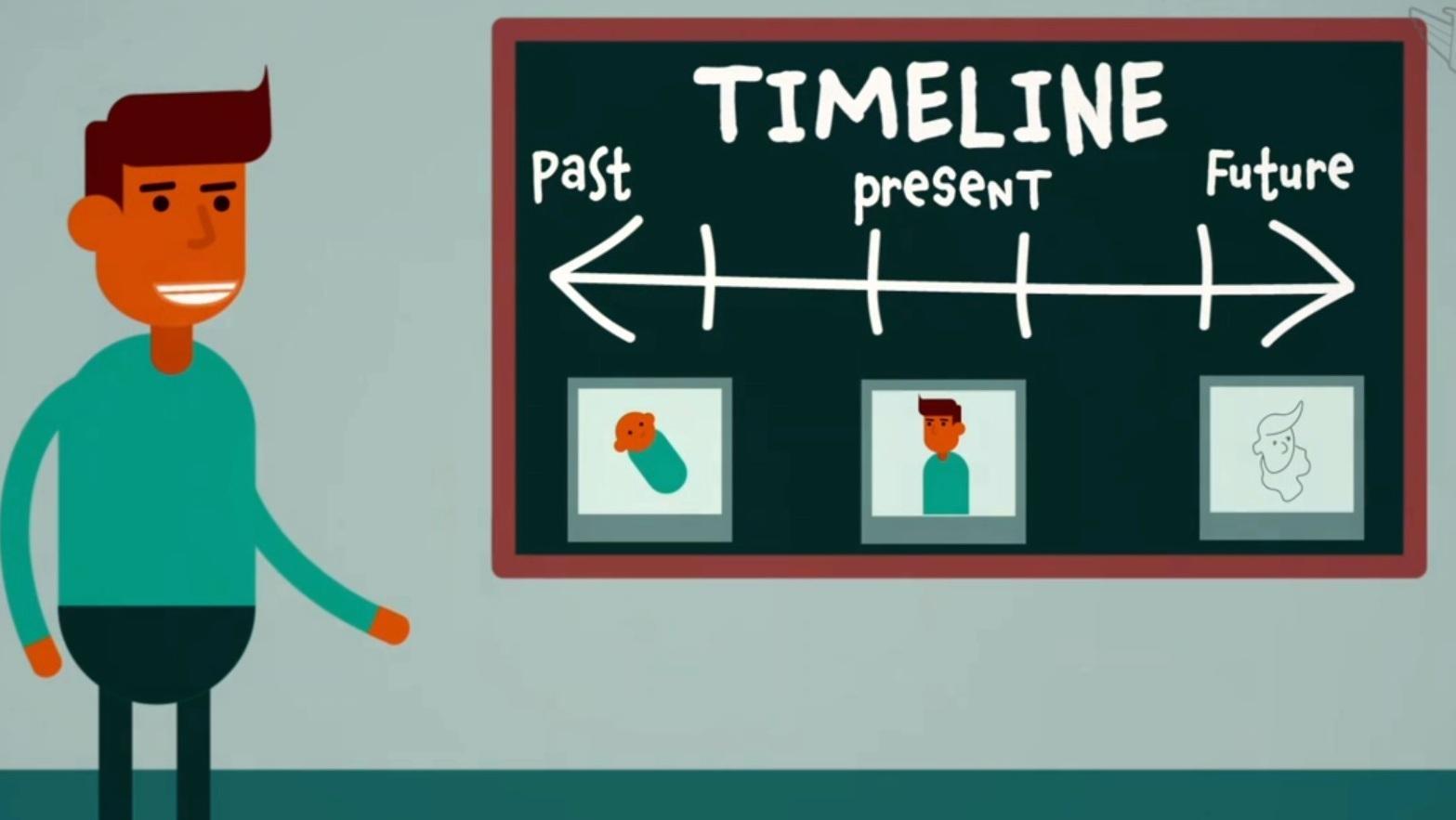
Past, Present, and Future Activity Starter PBS LearningMedia
👉Free English Video Classes and Community ChatJoin our WhatsApp: https://forms.gle/ogU1L5aws55DQLDf8QUIZ: https://shawenglish.com/quizzes/12-tenses-english-.

TENSES PRESENT, PAST, FUTURE Teaching Resources
Verb tenses are grammatical forms that indicate the time an action took place—either in the present, past, or future. In addition to conveying time, verb tenses also include grammatical aspects that provide vital information about continuity or completion.
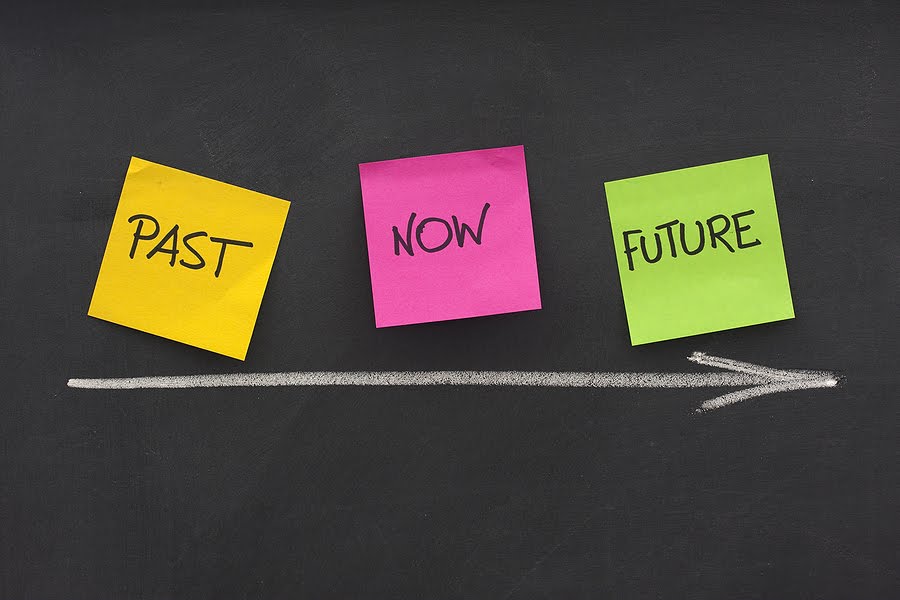
Past, Present And The Future Marketing [INFOGRAPHIC] / Digital Information World
The conjugator uses conjugation rules for irregular verbs and models. You can click on the corresponding sections to learn more. Modals such as "will" and "should" are also included. The page British and American English highlights some important usage differences. The conjugator allows you to conjugate any verb as long as it corresponds to an.
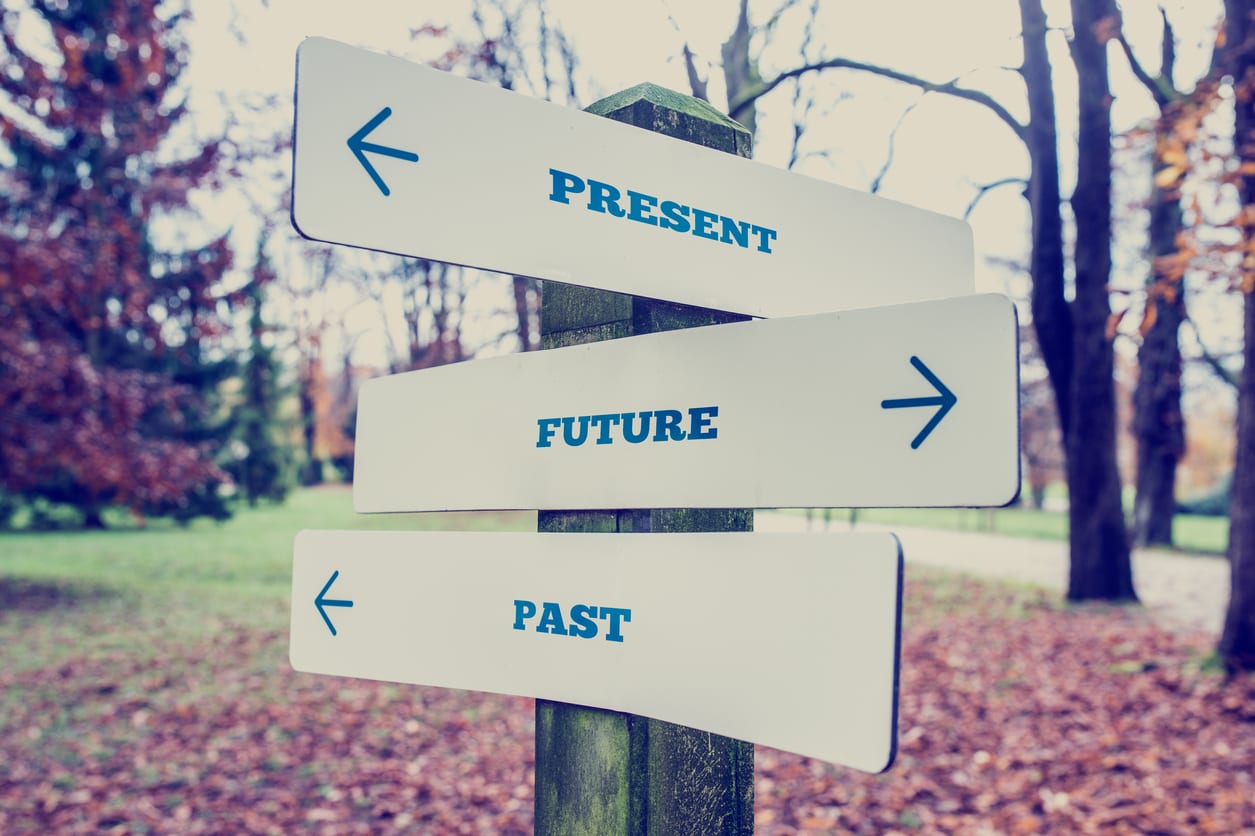
Past/Present/Future Tense Louise Thompson, Life Coach, Wellbeing Writer and Speaker
The simple past tense (also called the past tense) is used to express actions that are completed at any time (recent or distant past) or for any duration (length of event). For regular verbs, add "-ed" to the end of the verb to create the simple past tense. Verb conjugation for simple present tense regular verb: I: jumped you (singular) : jumped

past present future graphic Emily J Hooks
The past, present, and future are the central divisions of time in English. The present represents actions happening now, while the past represents actions that happened earlier, and the future describes actions that will happen later. Simple tense

Past Present Future Tense Activity • Have Fun Teaching
Verbs: Past, Present, & Future Tenses Helping With Verbs: Home > Lessons > Past, Present, & Future Past, Present, & Future Tenses Verbs tell us the time that an action in a sentence happened. The time that a verb shows is called tense. The most common tenses in the English Language are past tense, present tense and future tense.
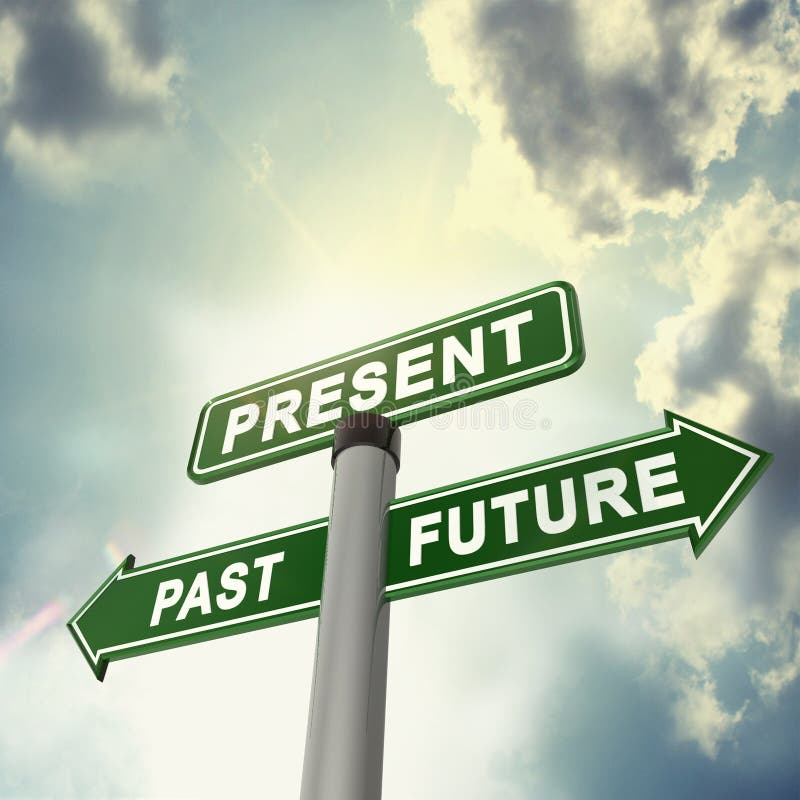
Signboard Past, Present and Future Stock Illustration Illustration of future, progress 32780039
The form of verbs indicates whether actions are taking place in the past, present or future. In these grade 1 grammar worksheets students are given sentences and asked if the actions described are happening in the past, present or future. Classify: Worksheet #1 Worksheet #2. Worksheet #3.

Past, present and future A Blind Man's Search For Enlightenment
Verb tense indicates when the action in a sentence is happening (e.g., in the present, future, or past). Regular verbs follow a standard pattern when conjugated according to tense. Look at the examples below: Conjugation of the regular verb to live (based on tense): Simple Present: Simple Past: Simple Future: live: